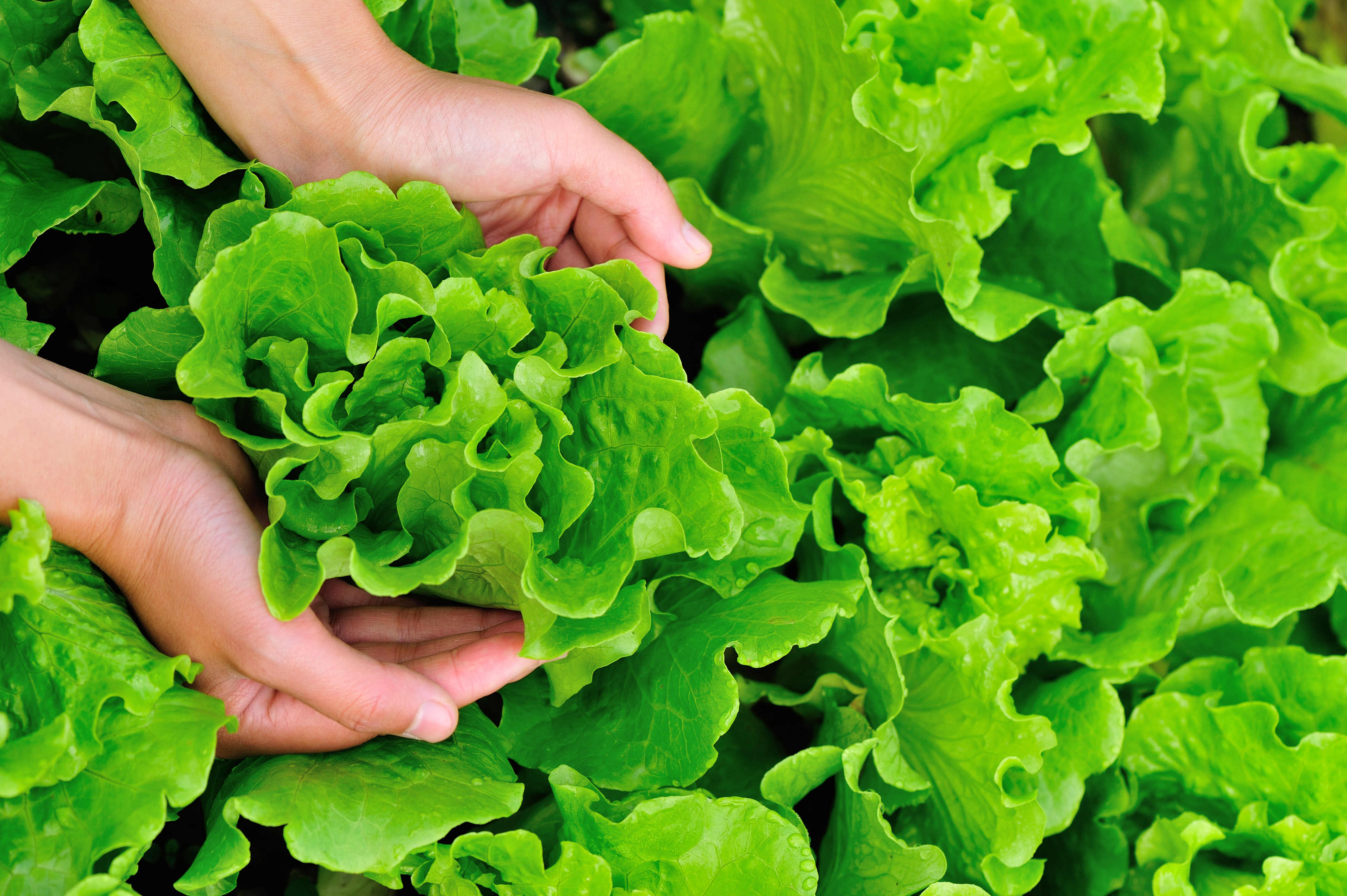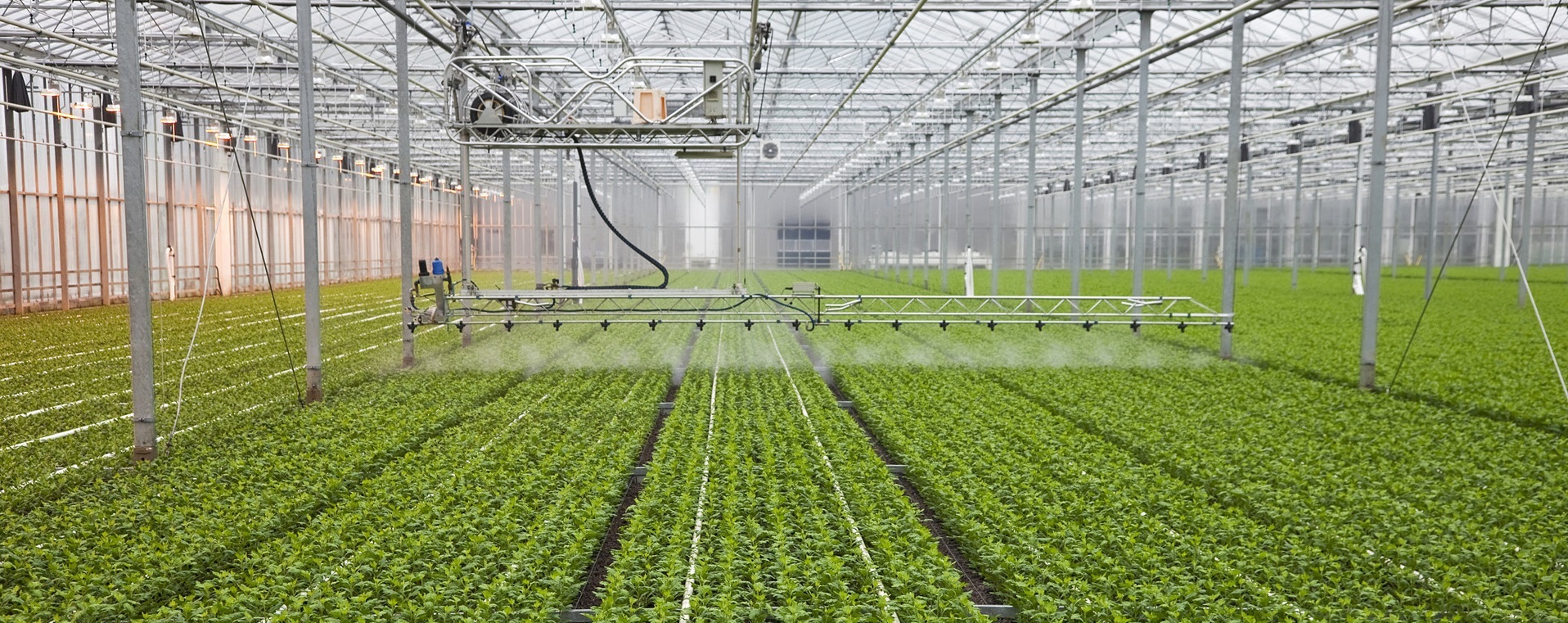
The world of irrigation piping is often overlooked, yet it plays a crucial role in agricultural efficiency and sustainability. As we delve deeper into the characteristics that define these systems, one might wonder how they impact transportation projects and their overall cost-effectiveness. What makes irrigation piping not just a conduit for water but also an essential component in the broader context of infrastructure development? Join me as we explore this intricate relationship.
Irrigation Piping: An Overview of Its Characteristics
Irrigation piping serves as a vital mechanism for transporting water efficiently across various terrains. These systems are designed to withstand pressure fluctuations while ensuring minimal leakage, which directly influences their performance in transportation contexts. The material composition—ranging from PVC to polyethylene—affects durability and maintenance costs significantly. Furthermore, when conducting a Cost-Benefit Analysis for Transportation Projects, understanding the hydraulic properties of irrigation piping becomes imperative; it allows stakeholders to evaluate potential savings against initial investments effectively.
PVC Double Wye: Enhancing Efficiency in Cost-Benefit Analysis for Transportation Projects

The pvc double wye fitting exemplifies innovation within irrigation systems by facilitating seamless transitions between pipes at critical junctions. This design minimizes flow resistance and enhances system efficiency—a key consideration during Cost-Benefit Analyses for Transportation Projects. By optimizing water distribution networks through strategic placement of double wyed fittings, project managers can reduce operational costs over time while improving service delivery rates to end-users. Thus, incorporating pvc double wyes into planning stages can yield significant long-term benefits.
LESSO’s Role in Cost-Benefit Analysis for Transportation Projects
LESSO has emerged as a leader in providing high-quality irrigation solutions that align with modern infrastructural demands. Their products are engineered not only for durability but also with economic considerations at the forefront; this dual focus is particularly relevant when performing Cost-Benefit Analyses for Transportation Projects. LESSO’s commitment to sustainable materials reduces lifecycle costs while enhancing environmental compliance—a factor increasingly prioritized by regulatory bodies today.
Conclusion
In summary, irrigation piping possesses unique attributes that extend beyond mere functionality; they play an integral role in shaping effective transportation strategies within agricultural frameworks. Through careful analysis of components like PVC double wyed fittings and innovative manufacturers such as LESSO, stakeholders can make informed decisions that balance both immediate needs and long-term sustainability goals within their projects.

